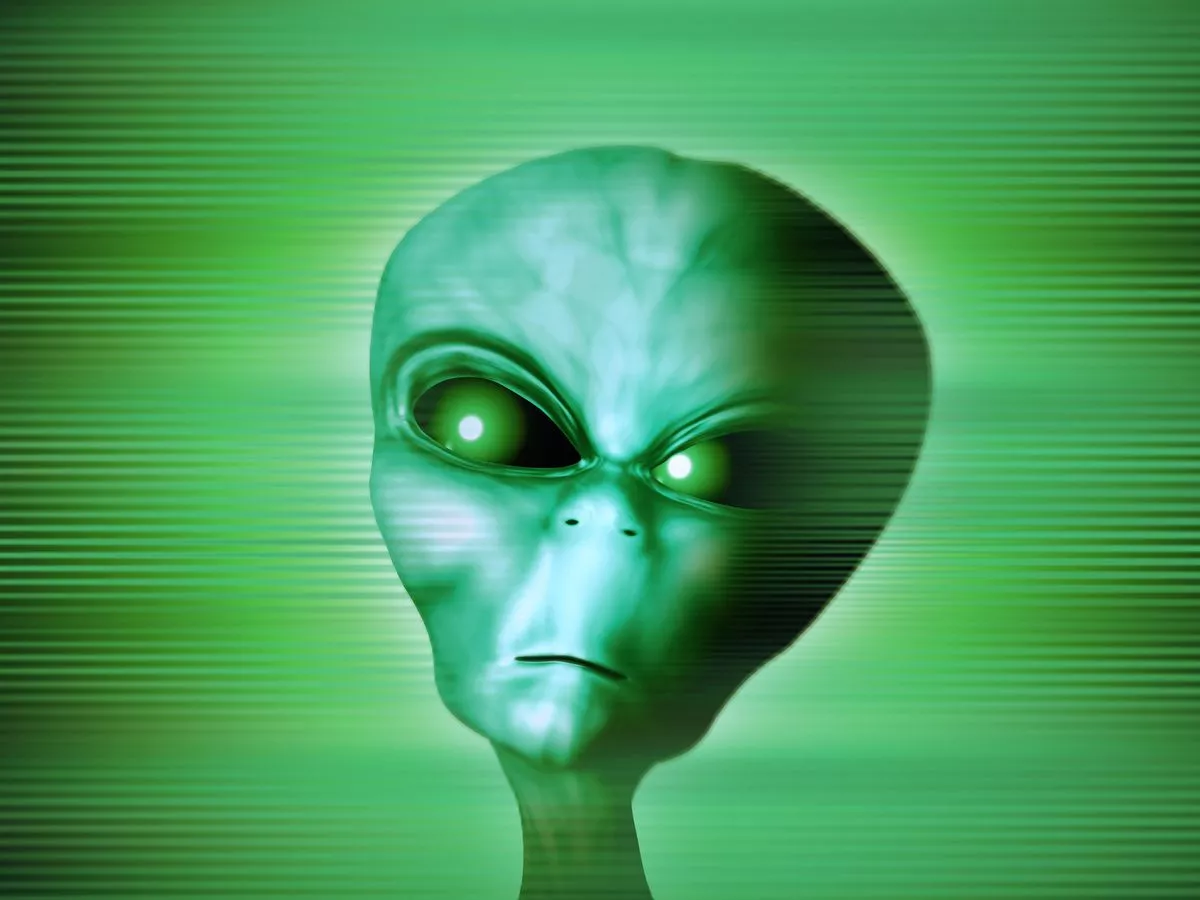By Fionnuala Boyle
Copyright dailyrecord

The only life we know of is here on planet Earth. Extra-terrestrial life remains an open scientific question, though advancements like NASA’s James Webb Space Telescope provide significant evidence supporting its possibility. Saying this, in July this year, eyebrows were raised when astronomers spotted an object moving through the solar system at nearly twice the velocity of previous interstellar visitors , making it the fastest comet we have ever seen. The object, which was confirmed to be an interstellar comet and was officially named 3I/ATLAS, is far larger than the previous two, with an estimated nucleus – the rocky part of the comet – of around 5.6 kilometres (3.5 miles). Scientists’ interest immediately piqued, especially as there were whispers that it may have come from a different region of our galaxy altogether, and may be far older than any of the known bodies in our Solar System . And soon after the discovery, Avi Loeb, Israeli- American theoretical physicist, cosmologist, and astronomer, suggested that it may be an interstellar probe sent by an intelligent species, potentially sent to destroy Earth. In the first paper , Loeb proposes that the object could be an alien spacecraft and a threat to civilisation. The paper goes on to claim that if the comet were a spacecraft, it would be able to make it to Earth using this manoeuvre by November or December 2025. “The consequences, should the hypothesis turn out to be correct, could potentially be dire for humanity, and would possibly require defensive measures to be undertaken (though these might prove futile),” the paper hauntingly adds. However, NASA experts have hit back Loeb’s remarks, to which he admits he does not necessarily subscribe, but which he argues are worth looking into. The space agency states that the comet poses no threat to Earth. Speaking to the Guardian , Tom Statler, NASA’s lead scientist for solar system small bodies, stated: “It looks like a comet. It does comet things. It very, very strongly resembles, in just about every way, the comets that we know. “It has some interesting properties that are a little bit different from our solar system comets, but it behaves like a comet. And so the evidence is overwhelmingly pointing to this object being a natural body. It’s a comet.” The comet will remain at a distance of at least 1.6 astronomical units (about 150 million miles or 240 million km) from Earth while its size and physical properties are being investigated by astronomers around the world, NASA said. The interstellar should be visible to telescopes on the ground throughout September, after which it will pass too close to the Sun to observe. It is expected to reappear on the other side of the Sun by early December. This will allow for fresh observations, and hopefully more answers as to just what the comet, which arrived from the direction of the constellation Sagittarius for all the star sign enthusiasts out there, is all about. It comes not long after NASA announced it has found the clearest sign of life ever discovered on Mars . According to Dean Duffy, the new NASA administrator , a rock sample collected by the Perseverance rover was the “clearest sign of life” on Mars . The sample, named “Sapphire Canyon” was collected in July of last year at a site of rocky outcrops on the edges of Neretva Vallis – a river valley carved by water rushing into Jezero Crater long ago.



